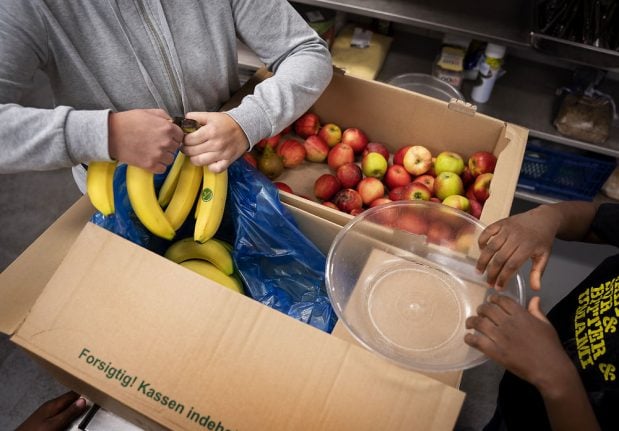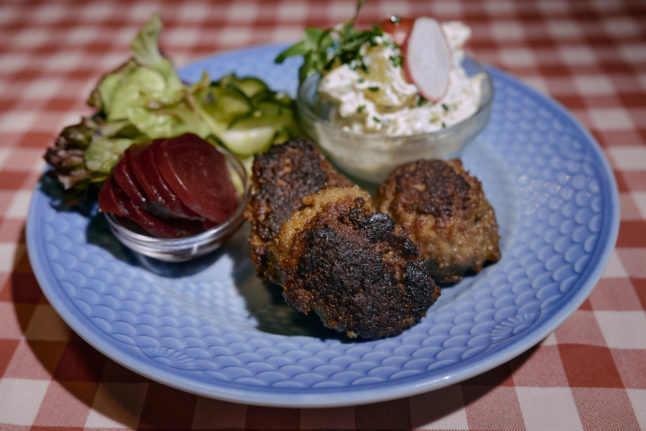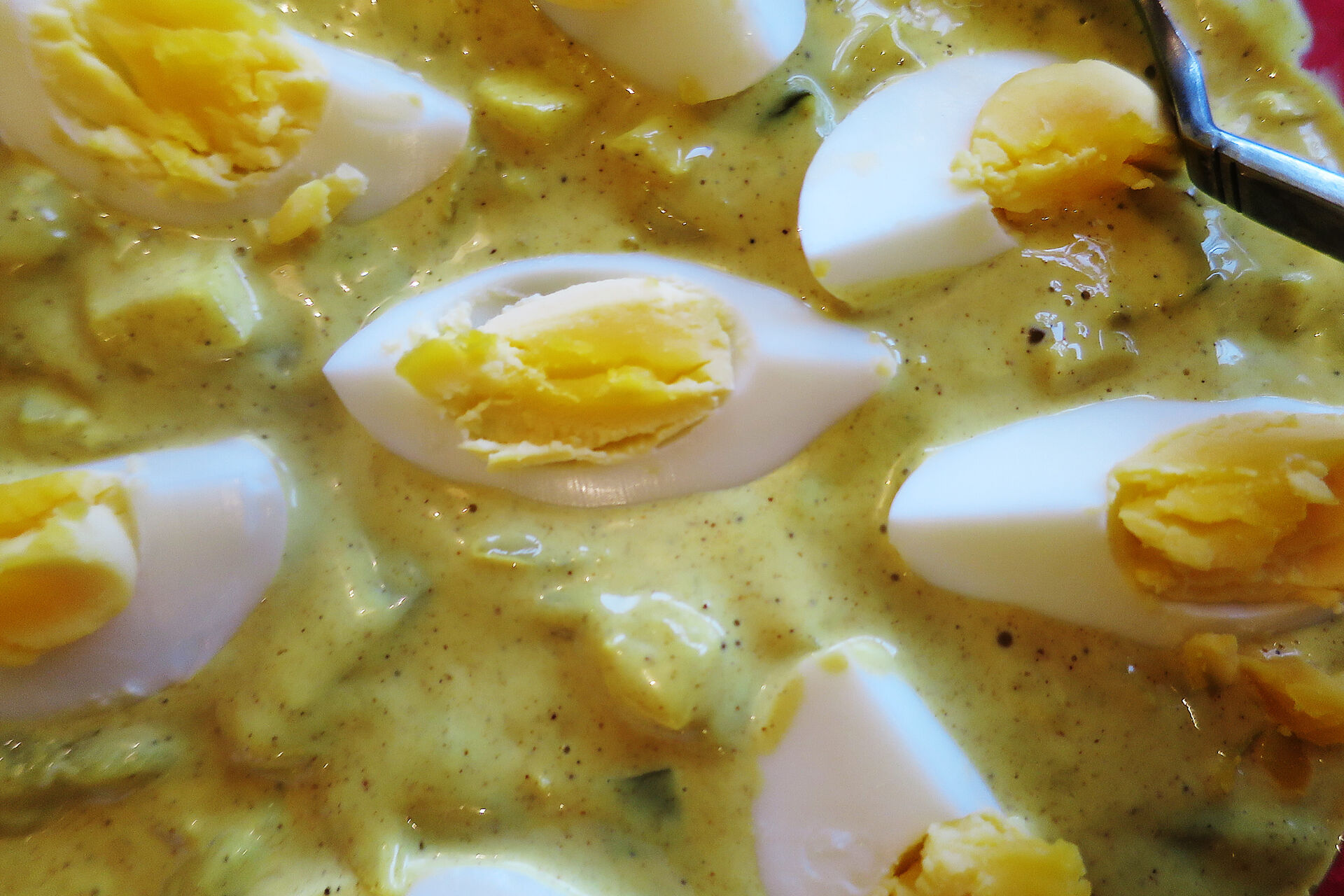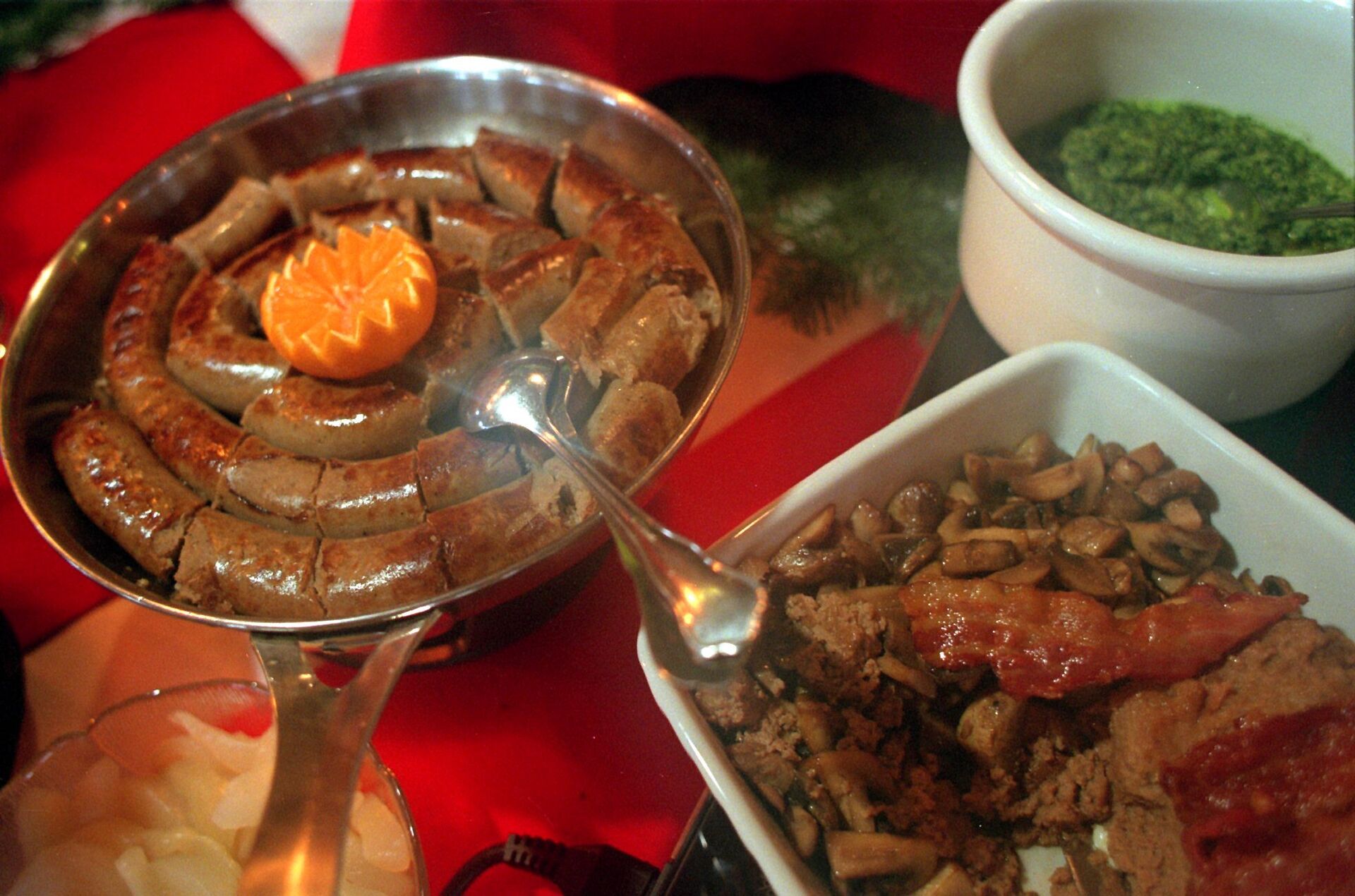The programme has been successful in getting school children to eat healthier snacks, according to an assessment by consultancy firm Oxford Research carried out on behalf of the Danish Agricultural Agency.
Minister for Food Mogens Jensen praised the programme after seeing the outcome of the analysis.
“It’s important that our children and young people have the right diet, healthy eating habits and follow the food pyramid, and this scheme contributes to that,” Jensen said.
“There are a lot of unhealthy temptations, so it’s important that healthy food habits become part of our day as early as possible. This programme has over the last ten years resulted in children eating more fresh fruit,” he added.
The Oxford Research assessment noted that children from poorer socioeconomic backgrounds benefit particularly from the school fruit scheme, eating fruit and veg more regularly than they otherwise would.
“This scheme is a way for us to ensure that income does not decide whether you can choose the healthy alternative now and in future,” Jensen said.
A total of 324 schools across Denmark participated in the scheme, which is funded by the EU, during the last school year.
Although that is only a small percentage of all Danish schools, any school can apply to take part.
“I’s like a lot more schools to be involved. I’d encourage more schools to apply for the subsidy,” Jensen said.
Applications for the next school year can be submitted until March 2020.
READ ALSO: Denmark presents plan to get kids eating healthier food





 Please whitelist us to continue reading.
Please whitelist us to continue reading.
Member comments